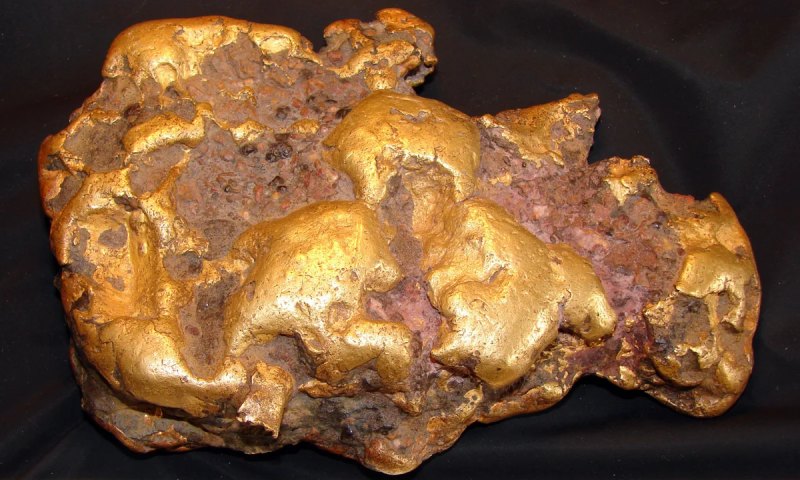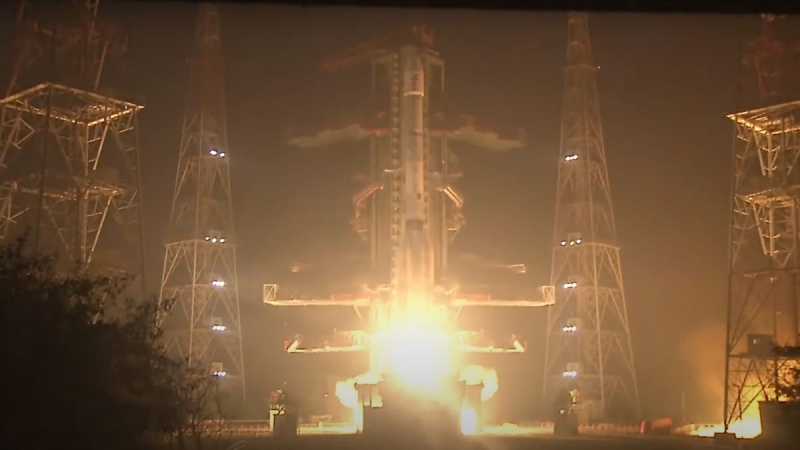Recent research from Australian scientists may upend current understandings of how gold nuggets form in vast underground reefs. These new findings shed light on the intricate processes that shape these valuable deposits.
Gold formation is traditionally linked to the movement of fluids from deep within Earth’s crust, where high pressure and intense heat cause dissolved gases, metals, and minerals to ascend to the surface during seismic events. Quartz, a common mineral, is known to host gold deposits, as both materials precipitate from solutions under similar conditions.
Though the basic principles behind gold ore formation have long been established, recent studies from Monash University, CSIRO, and the Australian Nuclear Science and Technology Organisation challenge conventional theories. Chris Voisey, a geologist at Monash University, notes that existing models don’t fully explain the presence of large gold nuggets, especially given the low concentration of gold in these fluids.
Gold, being a poorly soluble element, is usually found in concentrations of less than one part per million in water. Yet, gold deposits are often thousands of times more concentrated. The mechanisms behind the accumulation of substantial gold deposits in specific locations remain unclear. Traditional explanations, including the gradual concentration of gold or its fall-out from solution, don’t fully address why significant gold particles are often found within quartz blocks.
Voisey and his team hypothesized that the relationship between gold and quartz might be more intricate than previously thought. Quartz, or silicon dioxide, is unique because it generates an electrical charge when stressed, known as the piezoelectric effect. When the Earth’s crust shifts, quartz seams can produce static electricity as the crystal structure distorts.
This electrical charge, however, doesn’t travel far due to quartz’s insulating properties. In contrast, gold is a good conductor of electricity. This led researchers to speculate that electrochemical reactions within quartz seams might concentrate gold into specific areas through repeated minor tremors.
To investigate this theory, the researchers conducted experiments with quartz tiles submerged in gold solutions. Half of the tiles were subjected to vibrations mimicking small earthquakes, generating voltages between 0.4 and 1.4 volts. The other half remained stationary as controls. Scanning electron microscopy revealed that the jiggled tiles developed micrometer-sized gold grains, while the control tiles did not.
Further tests showed that quartz tiles naturally containing gold “seeds” experienced increased growth in gold grains when stressed. These gold grains acted as nucleation sites, encouraging further gold deposition. The presence of gold catalyzed additional reactions due to its conductivity.
Although the laboratory conditions simulated rapid processes, real-world scenarios with dilute solutions and infrequent tremors would take much longer. Nevertheless, over geological timescales, this piezoelectric mechanism could account for the formation of rich gold deposits. This theory also explains why gold veins appear to “float” within quartz seams, suggesting that piezoelectric effects might direct gold accumulation, leaving a subtle imprint of mineral “lightning” as the Earth quakes.
Topics #Earth #earthquake #gold #Gold nuggets #news #radical theory











